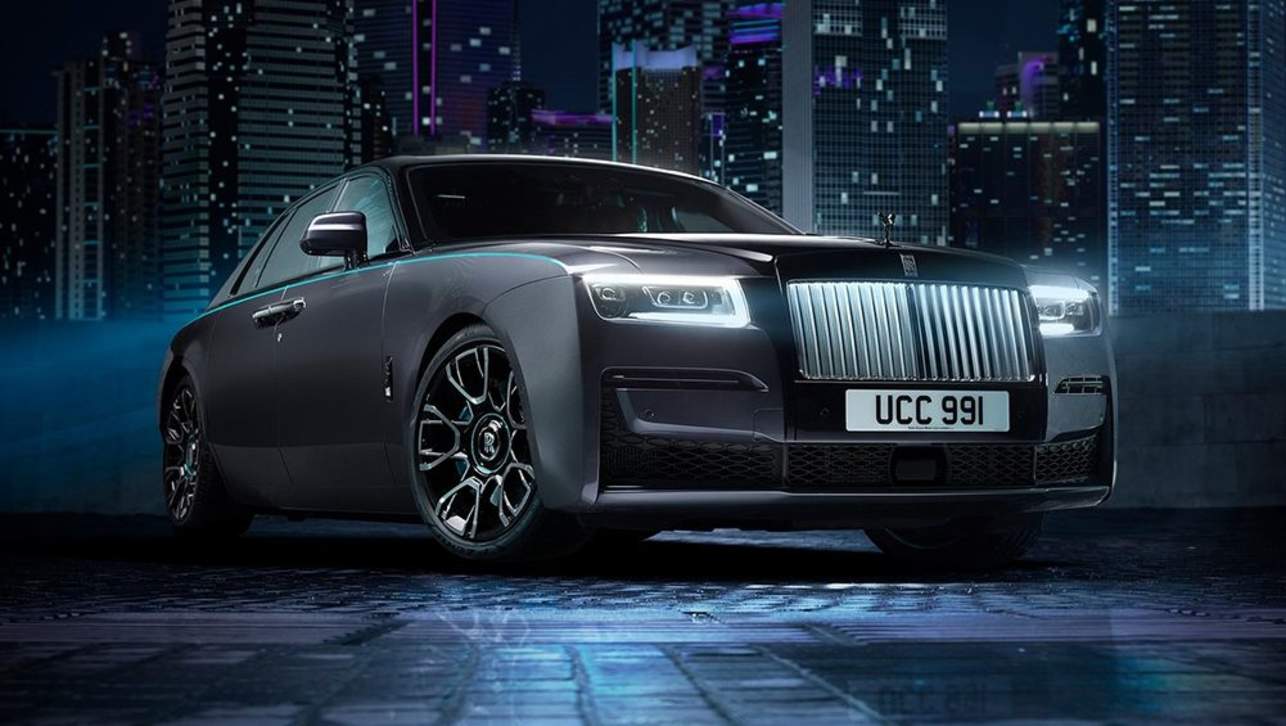New Ford Everest SUV uses historic Falcon rear suspension tech for all-round ability.
It sounds like a line straight out of the press release, but Ford has aimed to create a vehicle that is pretty much all things to all people with the new Everest SUV.
On the surface, the Everest may appear to simply be a shortened wagon-bodied version of the Ranger light commercial ute, but is in fact an all-new design from the A-pillar rearwards.
The Everest’s Australian engineering team set out to create a family-friendly large SUV that balances genuine off-road ruggedness and ability with passenger vehicle dynamics and refinement.
Such Swiss Army knife versatility summarises the widespread appeal of SUVs in general, but the $54,990-$76,990 Everest’s development brief was to expand this spectrum of capability further than most, or at least anything this side of a $90k+ Range Rover Sport.
A key element of marrying the Everest’s intrinsically-opposing on and off-road requirements is its Watt’s linkage rear suspension setup.
What’s the linkage?
The Watt’s linkage is nothing new, having been developed by the father of the horsepower James Watt in the 1700s. Australians may be familiar with its usage under the rear of all Falcon sedans between XE and EL, and then cheaper versions of the AU, before being superseded by the Control Blade independent setup from BA until now.
The system also made an appearance under the Land Rover Discovery 2 (98-04), every pre COTF V8 Supercar, and is currently employed in a front-drive configuration under turbo petrol versions of the Holden Cruze.
the Watt’s linkage is a good compromise between the toughness of a solid axle and the ultimate dynamics of independent suspension
Rather than a complex (and expensive) active air-spring setup like the current on/off-road benchmark Land Rover Discovery and upper Range Rover models, the Everest’s Watt’s linkage is applied to a relatively simple five-link solid axle rear end with coil springs.
Other ute-evolved SUVs like the Isuzu MU-X, Holden Colorado 7, Mitsubishi Challenger and upcoming Toyota Fortuner (plus the more expensive Prado) have a similar layout, but their axle is located by a simple Panhard rod.
A Panhard rod setup offers all the ride quality benefits of coil springs, but connects the chassis with the axle diagonally from one side of the vehicle to another, to stop the wheels moving side-to-side while you’re driving.
However, as the rear suspension moves throughout its travel, the Panhard rod’s set length forces the axle through a lateral arc, shifting the wheels sidewards, altering the front/rear axle and wheel alignment and therefore compromising dynamics.
All solid axle Commodores used Panhard rods, which is why the tyres only rubbed on one side when lowered by generations of P-platers.
A Watt’s linkage solves this by attaching the axle to the body at two opposing points via a pivoting link attached to the rear of the differential housing. As the suspension moves through its travel, the Watt’s linkage rotates to compensate and keeps the differential and axle centred, leaving front/rear axle alignment unaffected.
Watt’s in the Everest
Speaking with CarsGuide at the Everest’s international launch in Thailand, chief engineer Ian Foston explained that choosing the Watt’s linkage was an easy decision.
“[the Watt’s linkage was ] one of the key suspension geometry choices we made early on to allow the engineers to tune the springs and dampers and give the fun to drive feel and the body control.”
Panhard rod and more expensive independent designs were also considered, but were ruled out in favour of Watt’s linkage before the prototype stage.
“It’s given us that right balance between on-road dynamics, fun-to-drive performance, great body control, but also the ruggedness off-road as well.”
This ruggedness includes the intrinsic strength of a solid axle, but also its off-road articulation to help traction and capability.
“It’s not widely used in the industry, but in the context of what the customers told us they wanted, this was the design solution.”
In short, the Watt’s linkage is a good compromise between the toughness of a truck-like solid axle and the ultimate dynamics of the independent suspension used by most modern passenger cars.


.jpg)

.jpg)

.jpg)
 copy.jpg)

.jpg)



.jpg)


.jpg)

.jpg)
.jpg)

.jpg)
.jpg)

.jpg)




Comments